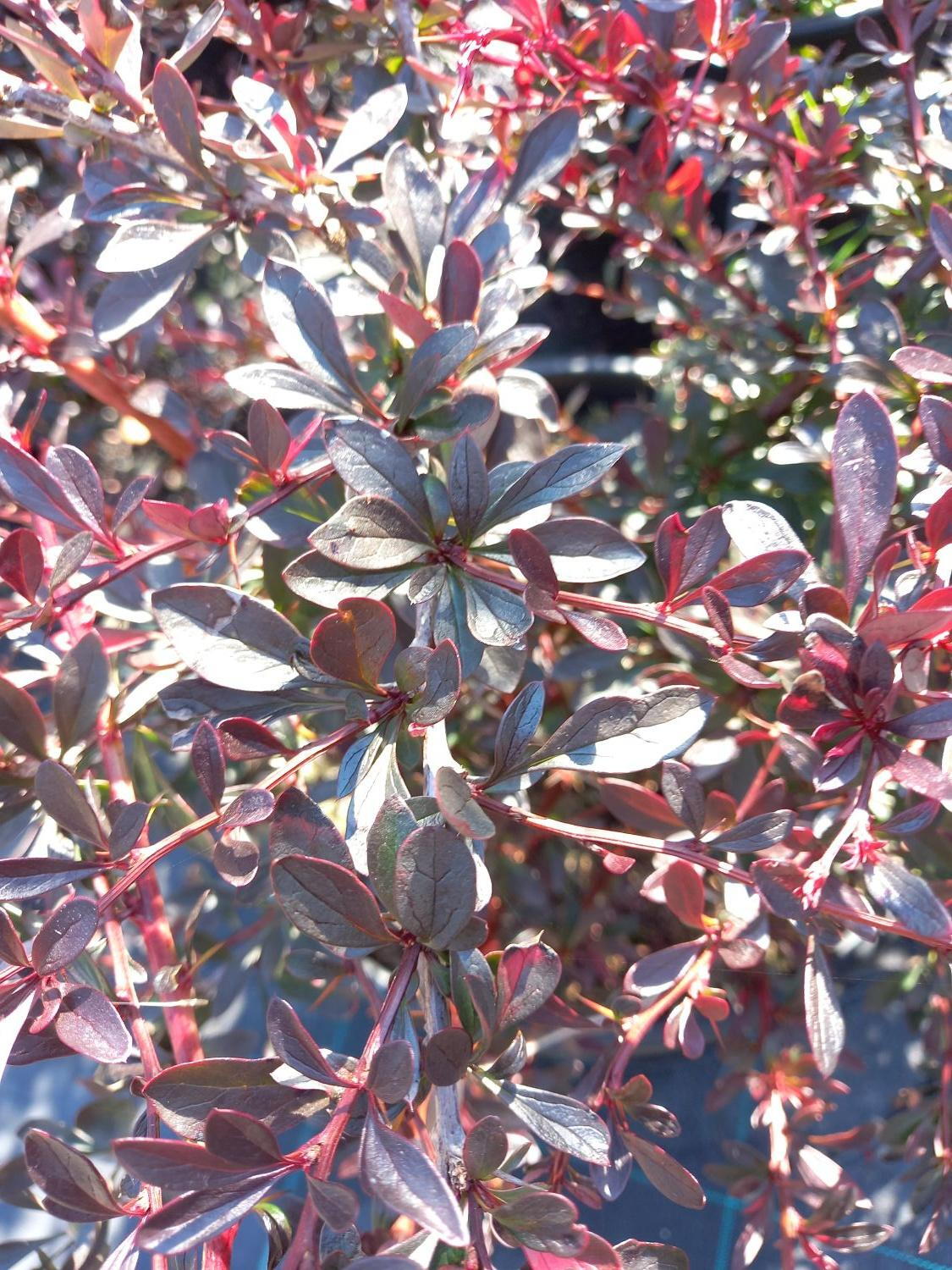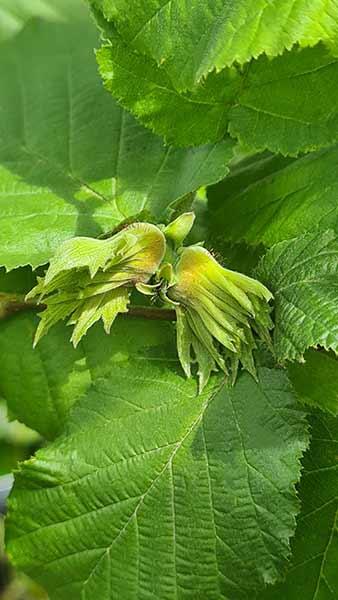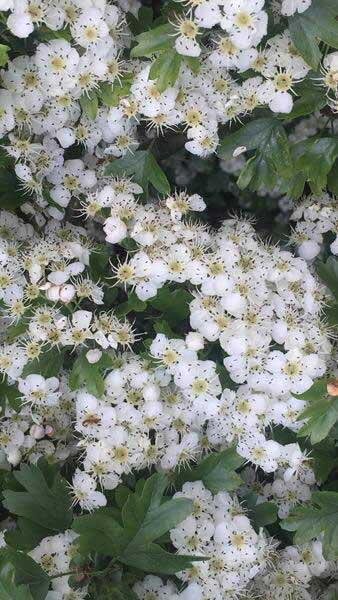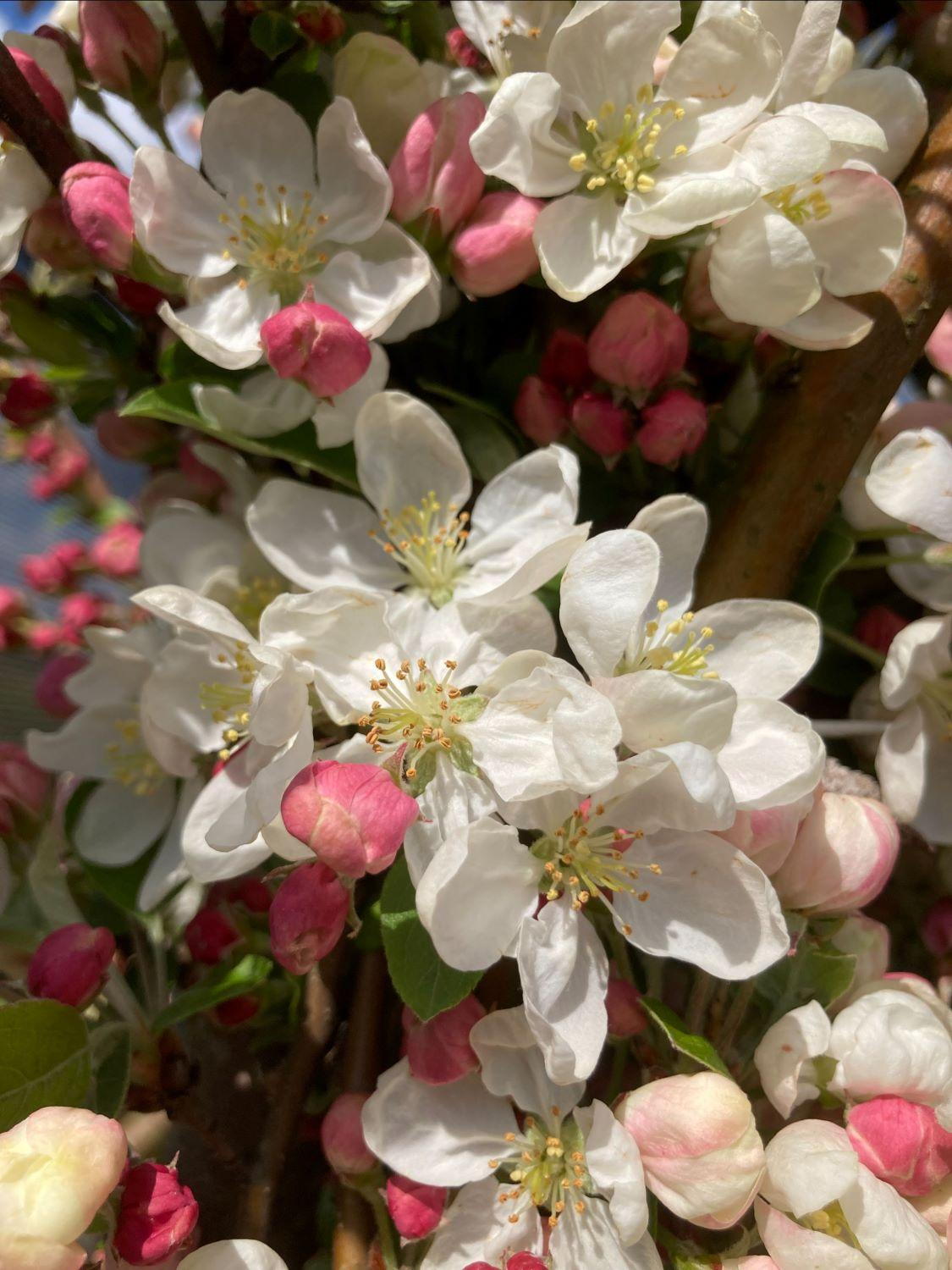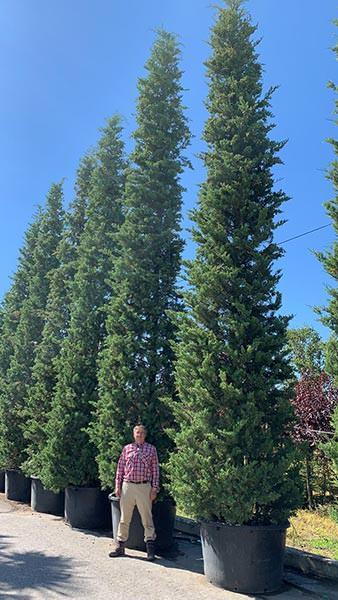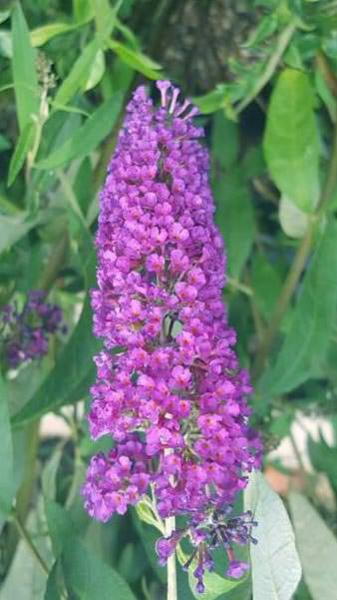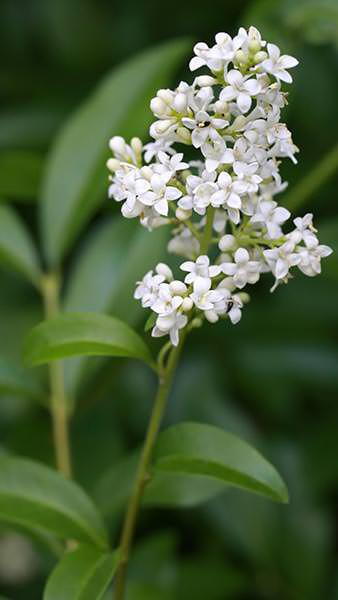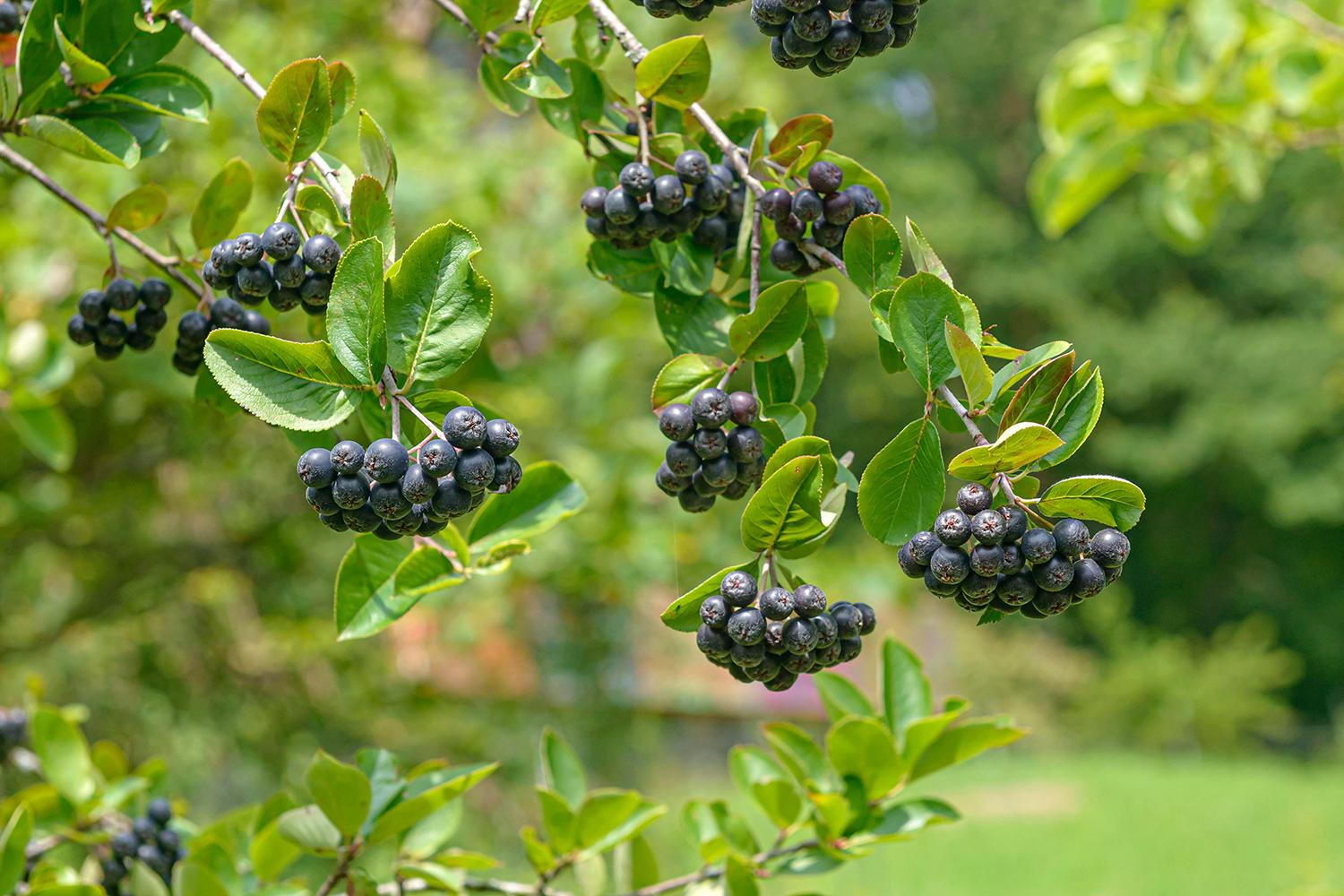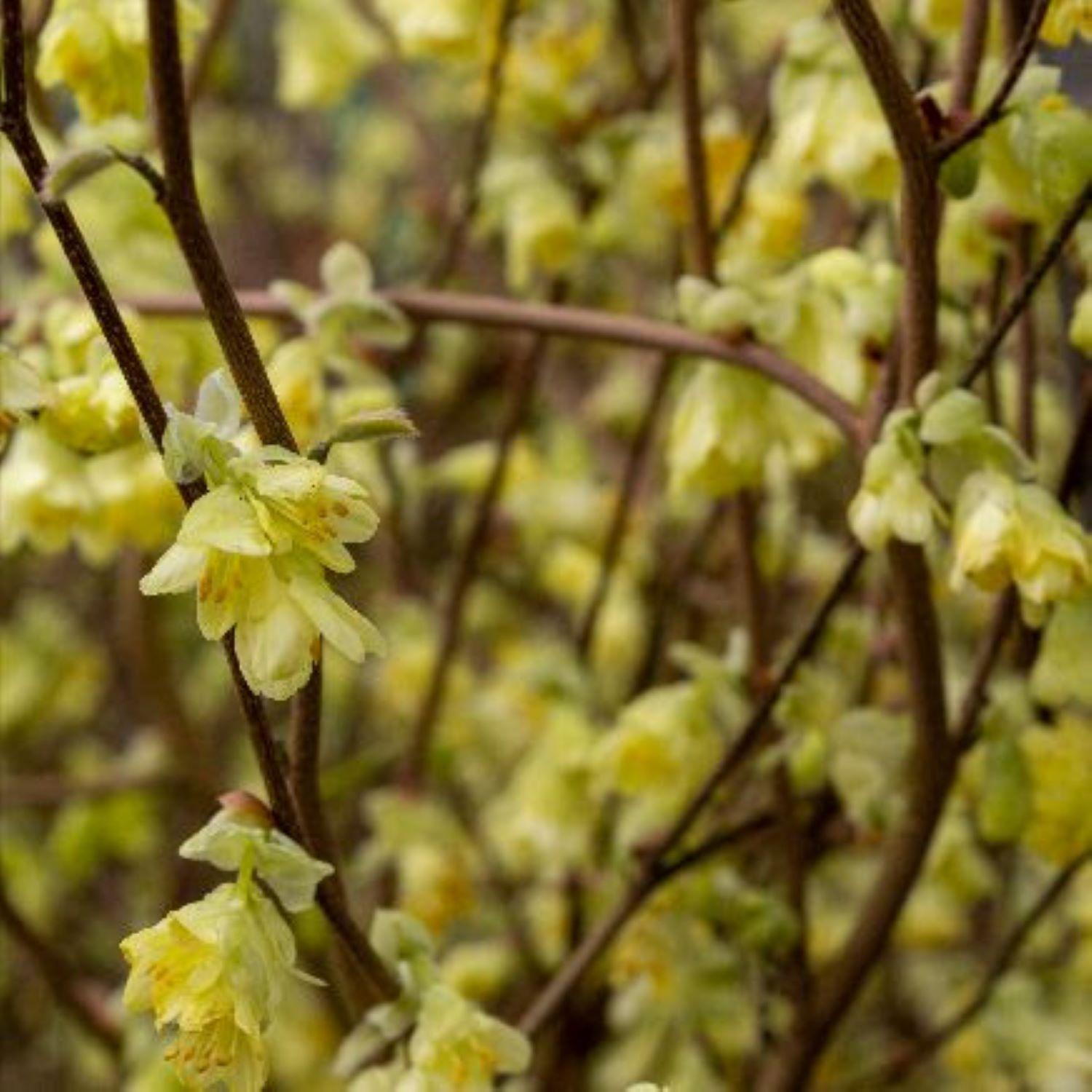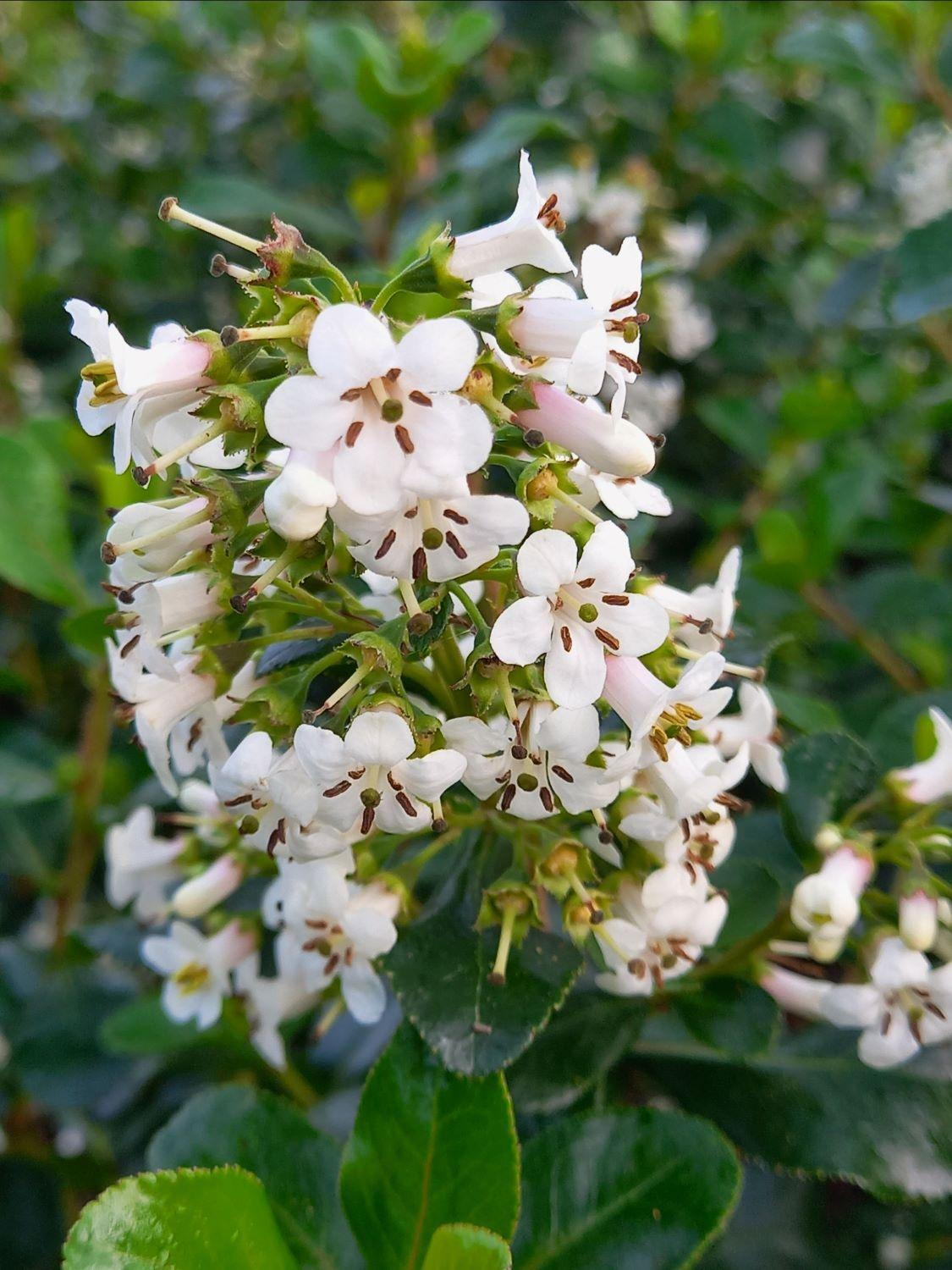Aronia Prunifolia Viking Purple Chokeberry for Sale Online
Aronia prunifolia ‘Viking’ or Purple Chokeberry ‘Viking’The Purple Chokeberry ‘Viking’ is a versatile and attractive deciduous shrub known for its striking seasonal features. With its vibrant autumn foliage, delicate late-spring flowers, and dark, glossy berries, it offers year-round interest. It is an excellent choice for gardeners looking to create naturalistic landscapes, attract wildlife, or establish low-maintenance plantings.The variety ‘Viking’ is a hybrid of black chokeberry (Aronia melanocarpa) and red chokeberry (Aronia arbutifolia), combining the best traits of both species. It boasts dense, upright growth with glossy, dark green leaves that turn brilliant shades of red and orange in autumn. In spring, clusters of small, white to pale pink flowers emerge, creating a soft, ornamental display. By late summer, these flowers give way to purple-black berries that are edible but tart, often used in jams, jellies and juices. The berries persist into winter, providing food for birds and other wildlife. Aronia or Chokeberries are related to Pyrus and Sorbus. Height and Spread of Aronia prunifolia Viking?The Purple Chokeberry Viking typically reaches an eventual height of 4 to 6 feet (1.2 to 1.8 meters) and spreads equally wide. Its compact and uniform growth habit makes it suitable for small gardens as well as larger landscapes.How Hardy is Aronia prunifolia Viking?The Purple Chokeberry ‘Viking’ is incredibly hardy, thriving in zones 7 - meaning severe conditions to minus 20. It is resistant to harsh winters and tolerant of a wide range of environmental conditions, including wet soils and occasional drought.How To Use Aronia prunifolia VikingThe ‘Viking’ Chokeberry is a highly adaptable plant that serves multiple purposes in the garden. It works well in hedgerows, borders, and rain gardens, where it helps manage excess water. Its vibrant autumn colour and fruit make it a focal point in mixed shrub plantings, and it can also be used for erosion control on slopes. The plant’s berries attract birds, pollinators, and beneficial insects, making it a great addition to wildlife gardens.How To Care For Aronia prunifolia VikingThe Purple Chokeberry ‘Viking’ thrives in full sun to partial shade. It is adaptable to a variety of soil types but prefers well-drained, slightly acidic soils. Once established, it requires minimal care, although supplemental watering during prolonged dry periods will support healthy growth. Pruning is rarely necessary but can be done in late winter or early spring to maintain its shape. Fertilize sparingly, as the plant performs well without heavy feeding. Mulching around the base helps retain moisture and suppress weeds.Overall, ‘Viking’ is an easy-to-grow shrub that offers beauty and functionality in equal measure, making it a valuable addition to any landscape.
